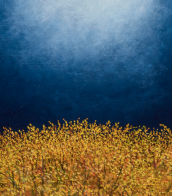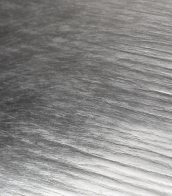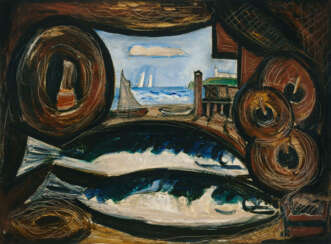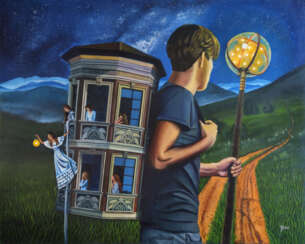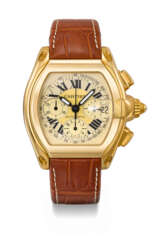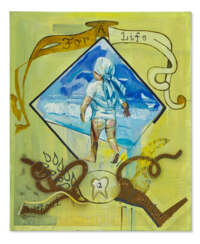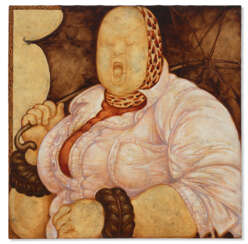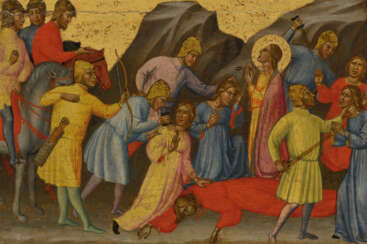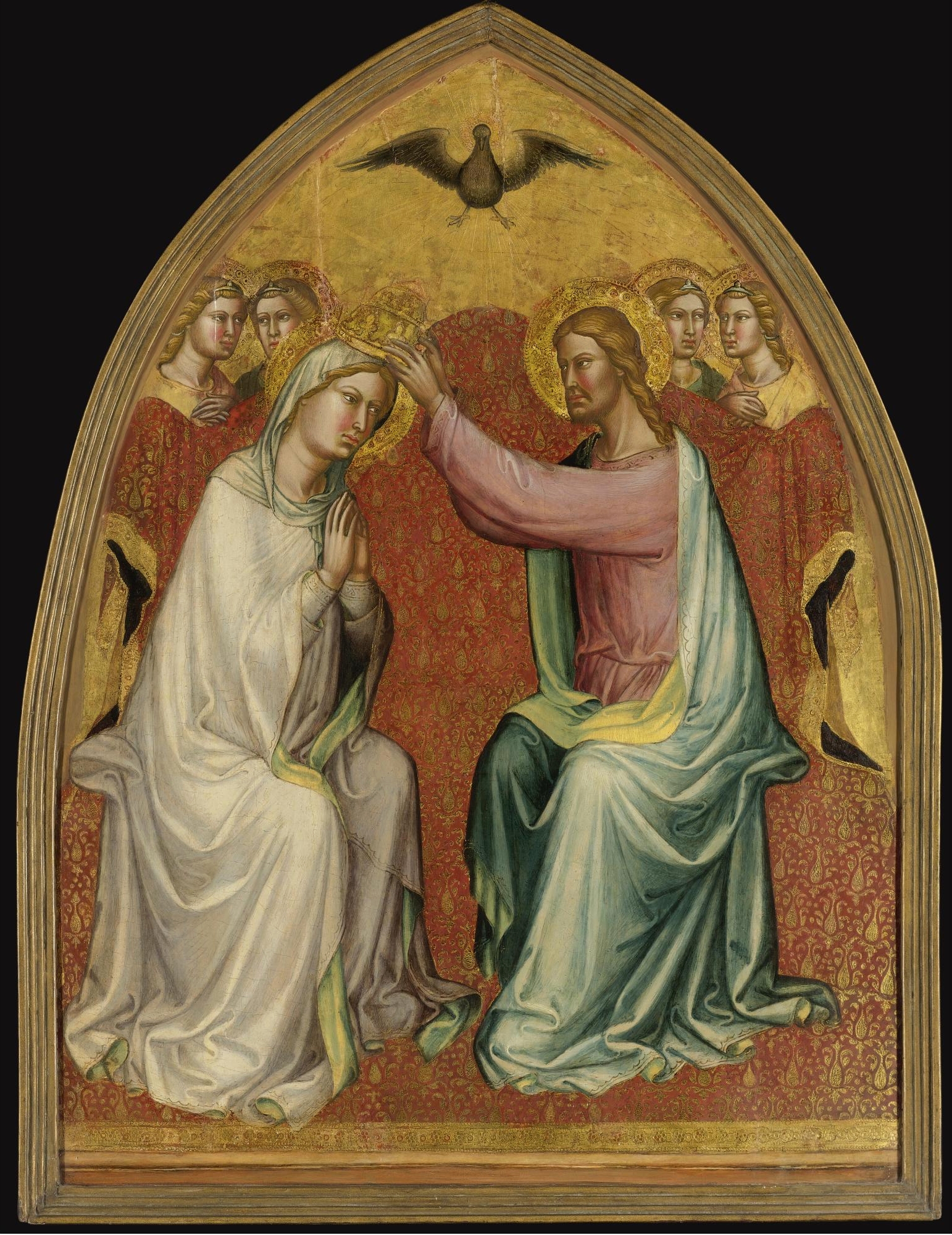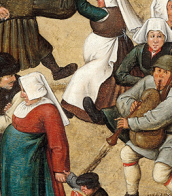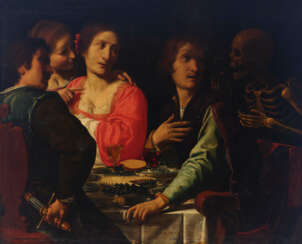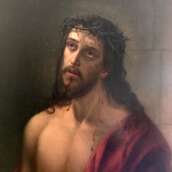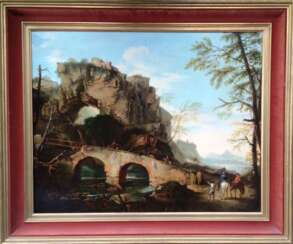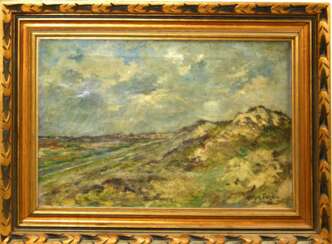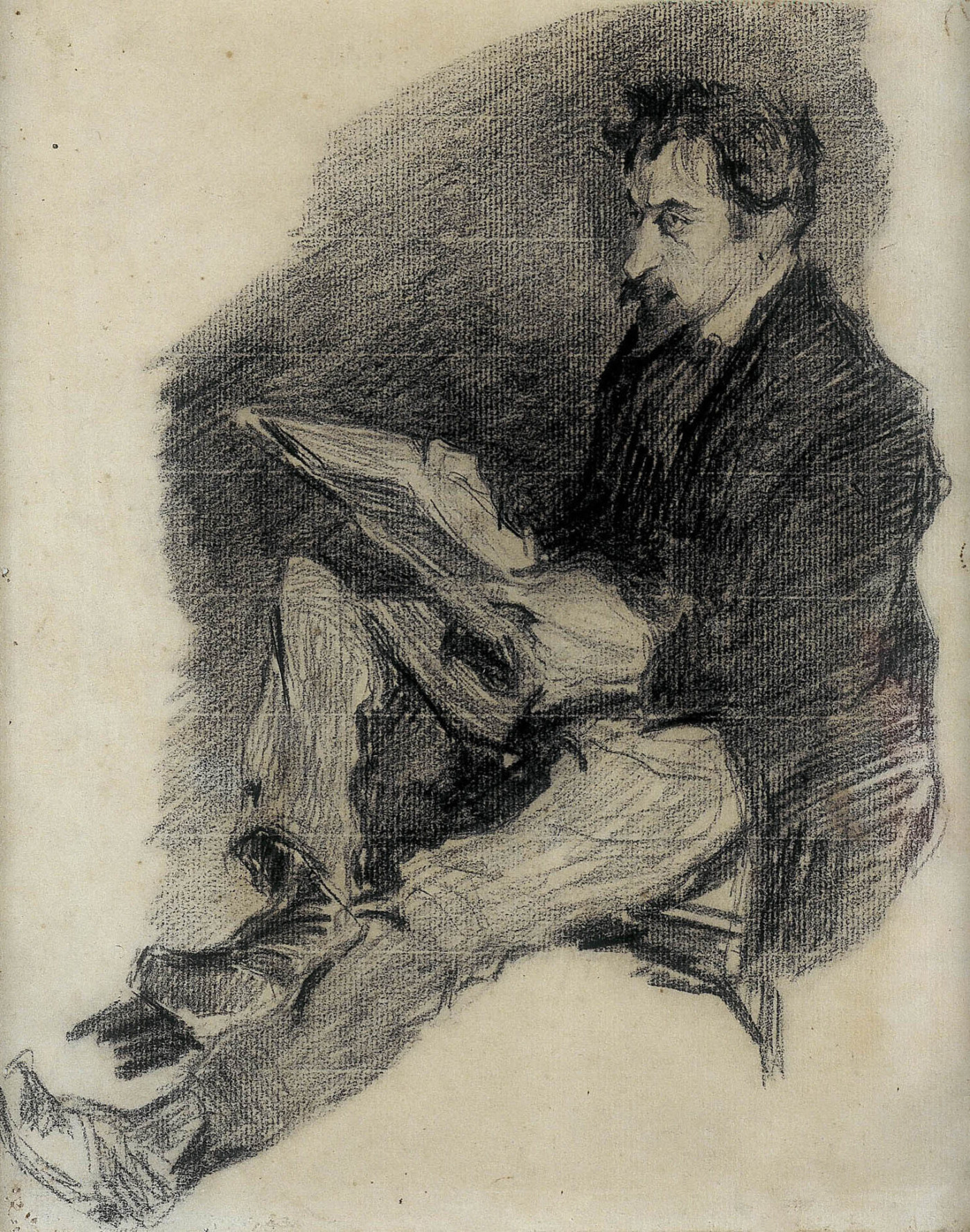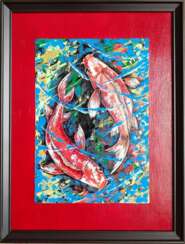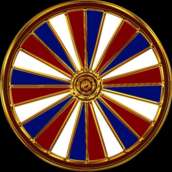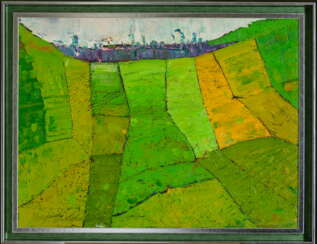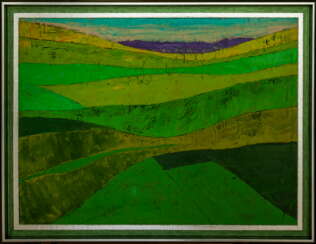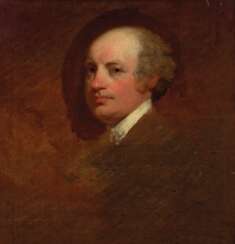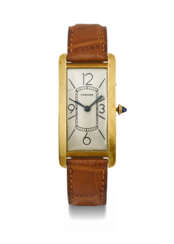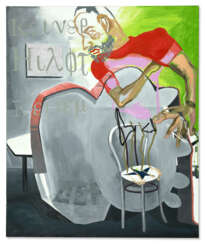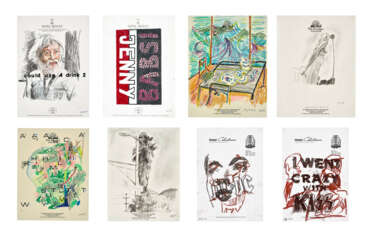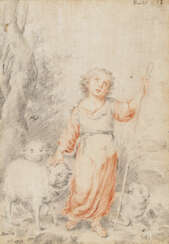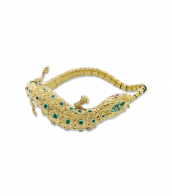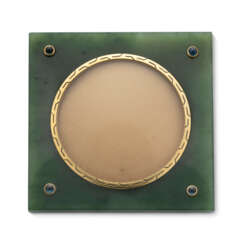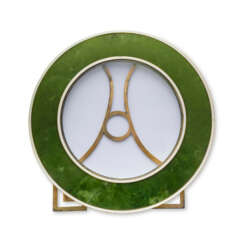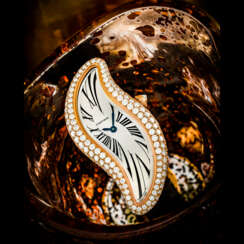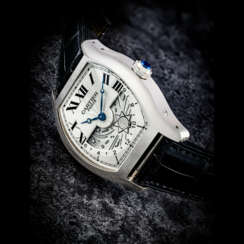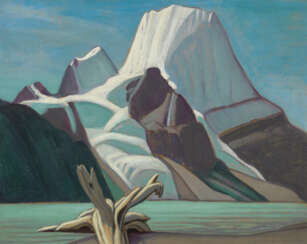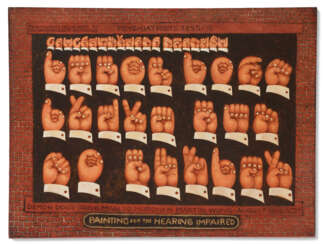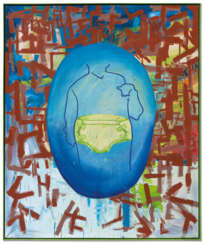art pictural
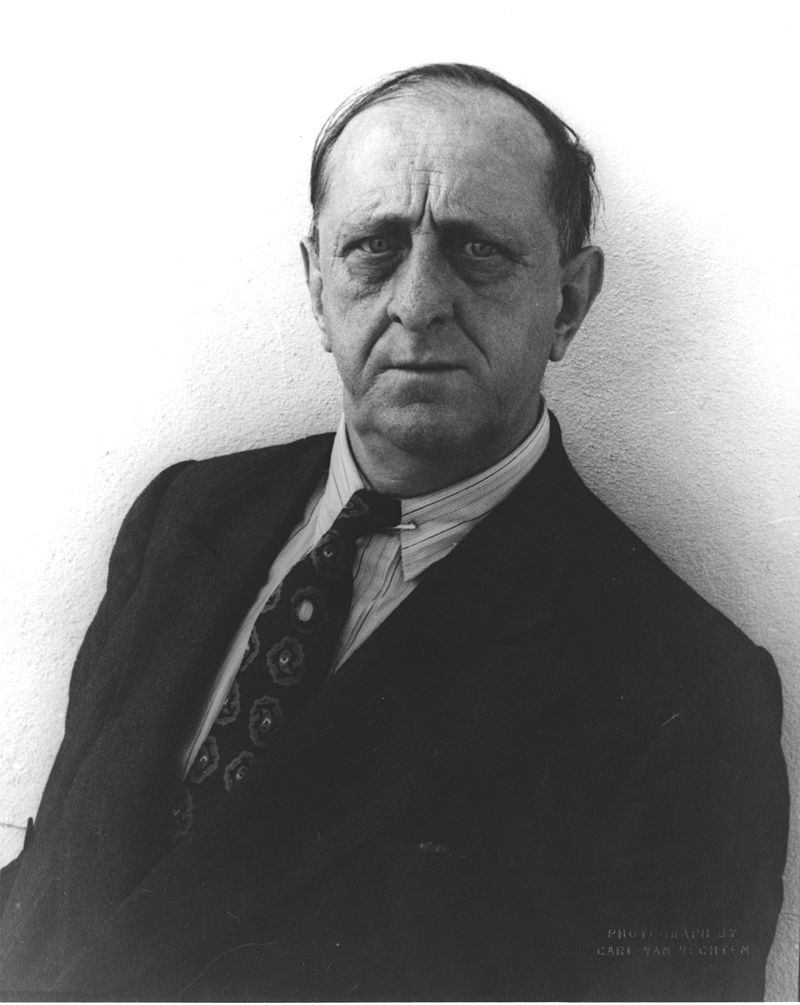
Marsden Hartley, real name Edmund Hartley, was an American artist and poet, one of the greatest representatives of classical modernism in the United States.
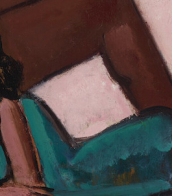
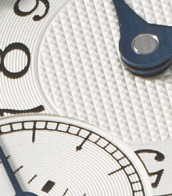

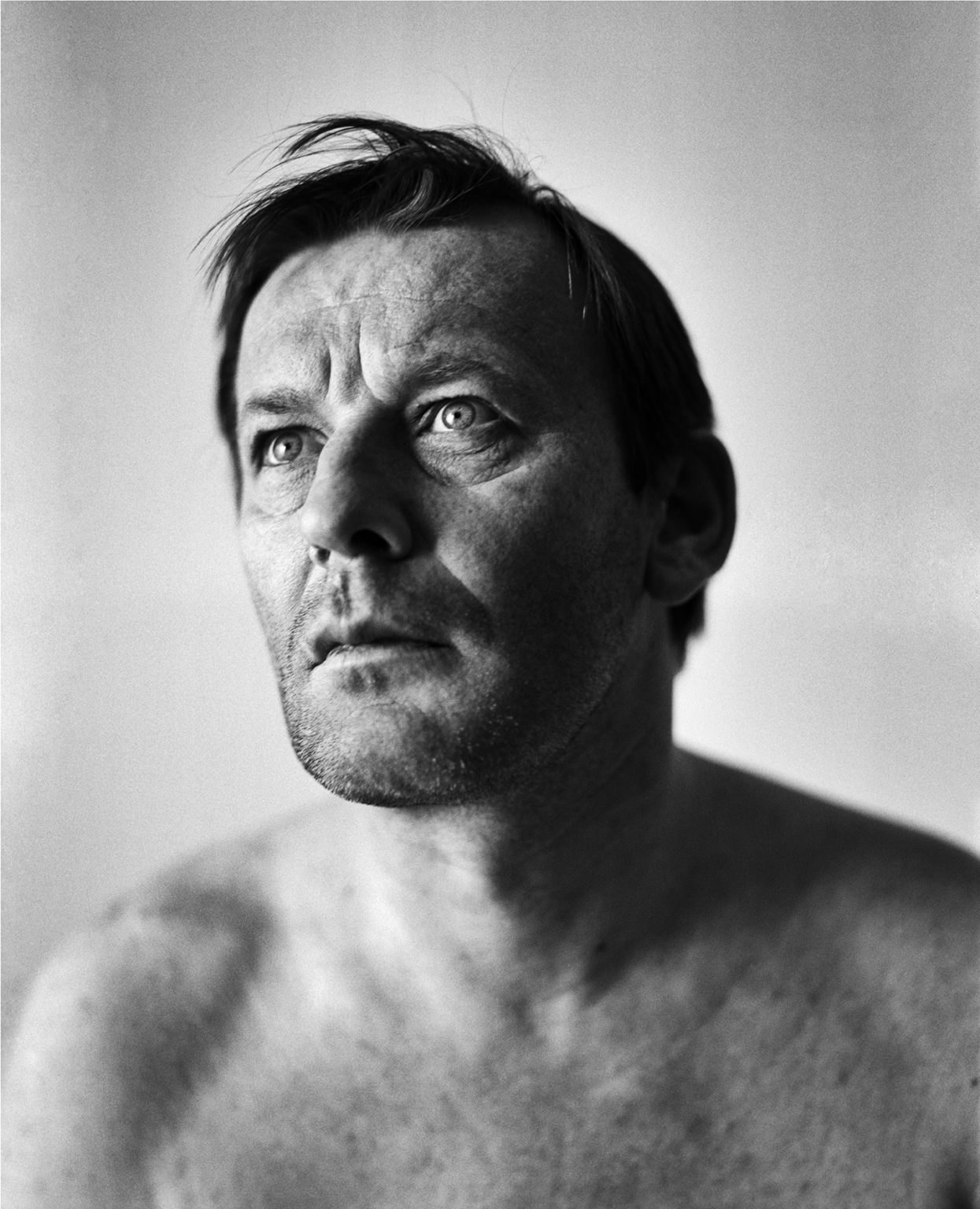
Martin Kippenberger was a German artist known for his extremely prolific output in a wide range of styles and media, superfiction as well as his provocative, jocular and hard-drinking public persona.
Kippenberger was "widely regarded as one of the most talented German artists of his generation," according to Roberta Smith of the New York Times. He was at the center of a generation of German enfants terribles including Albert Oehlen, Markus Oehlen, Werner Büttner, Georg Herold, Dieter Göls, and Günther Förg.
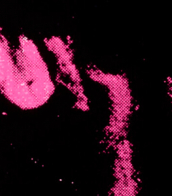
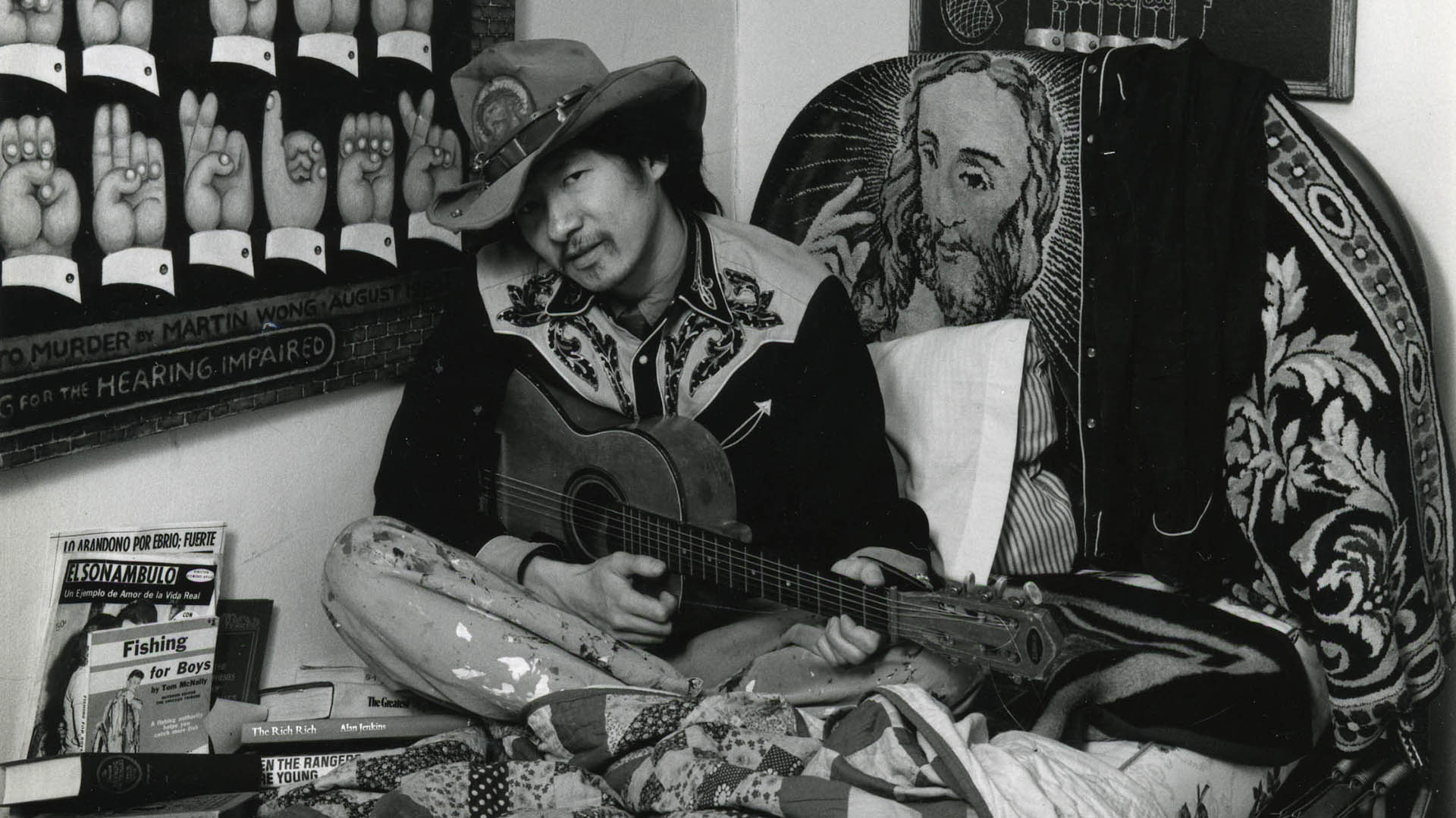
Martin Wong was a Chinese-American painter of the late 20th century. His work has been described as a meticulous blend of social realism and visionary art styles. Wong's paintings often explored multiple ethnic and racial identities, exhibited cross-cultural elements, demonstrated multilingualism, and celebrated his queer sexuality.

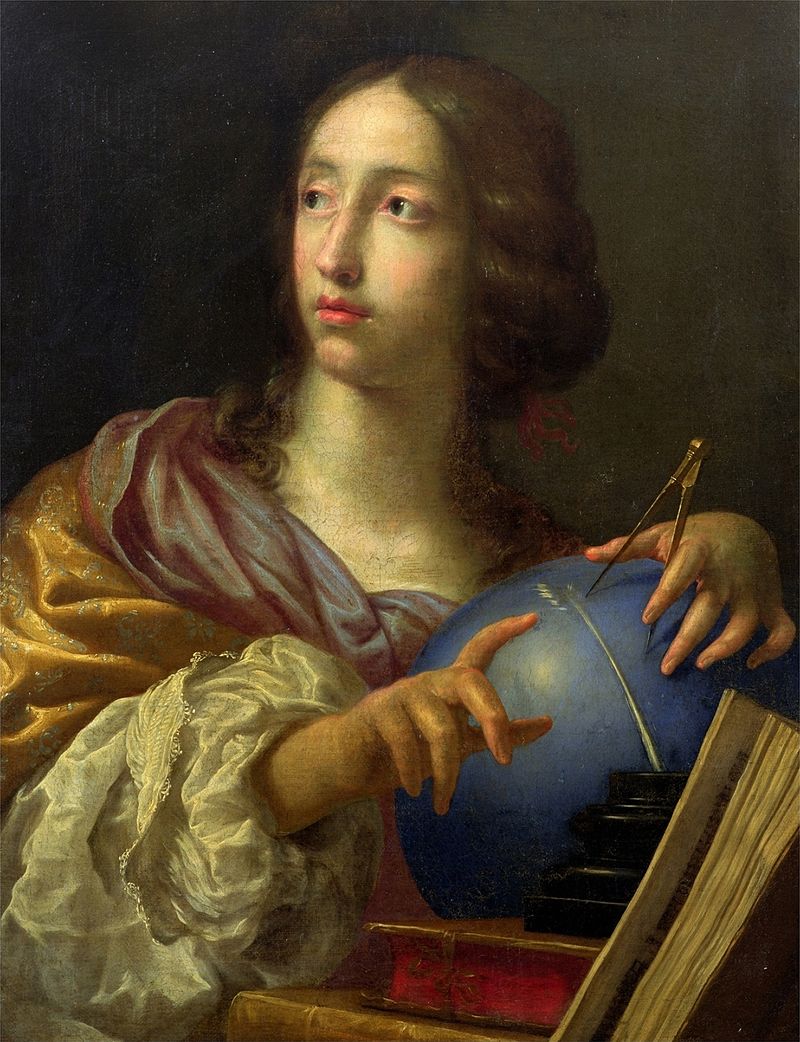
Giovanni Martinelli, a distinguished Italian painter from the Baroque era, was celebrated for his profound contributions to the Florentine art scene. His mastery in art was predominantly showcased in Florence, where he created a legacy through his exceptional allegorical works and religious paintings.
Martinelli's artistry was profoundly influenced by the Caravaggesque style, evident in the exceptional clarity of the protagonists' faces and the use of extraordinarily clear, cold colour tones in his paintings. His enrollment in the Accademia del Disegno in Florence in 1636 marked a significant phase in his career, leading him to explore more complex allegories and adopt darker colour tones, influenced by the works of Francesco Furini and Cesare Dandini.
His allegorical works, known for their captious symbolism, rare elegance, and refined formal nobility, stand in perfect harmony with the philosophical and moral debates of his time. These works, alongside his religious subjects and biblical stories, are charged with strong moral connotations and demonstrate Martinelli's keen interest in nature and meticulous rendering of objects.
Among his notable works are the "Feast of Balthasar" and the "Ecce Homo" housed in the Uffizi, and the "Judgement of Solomon" in the National Art Gallery in Karlsruhe, which highlight his ability to infuse his subjects with deep moral and philosophical undertones. His work, "Allegory of Painting," located in the Uffizi, is particularly celebrated for its depiction of the art of painting through the figure of a young woman, showcasing Martinelli's focus on warm light and the sensuality of female beauty.
For collectors and experts in art and antiques, Giovanni Martinelli's oeuvre offers a window into the Baroque period's complex allegories and profound religious narratives. His contributions to the Florentine art scene of the 17th century reflect a rich blend of tradition and innovation, deserving of recognition and appreciation.
To stay updated on new discoveries and auction events related to Giovanni Martinelli, consider signing up for updates. This subscription ensures that you remain informed about the latest sales and events pertaining to this influential artist's work, offering unique opportunities for collectors and enthusiasts alike.
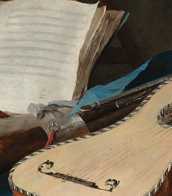
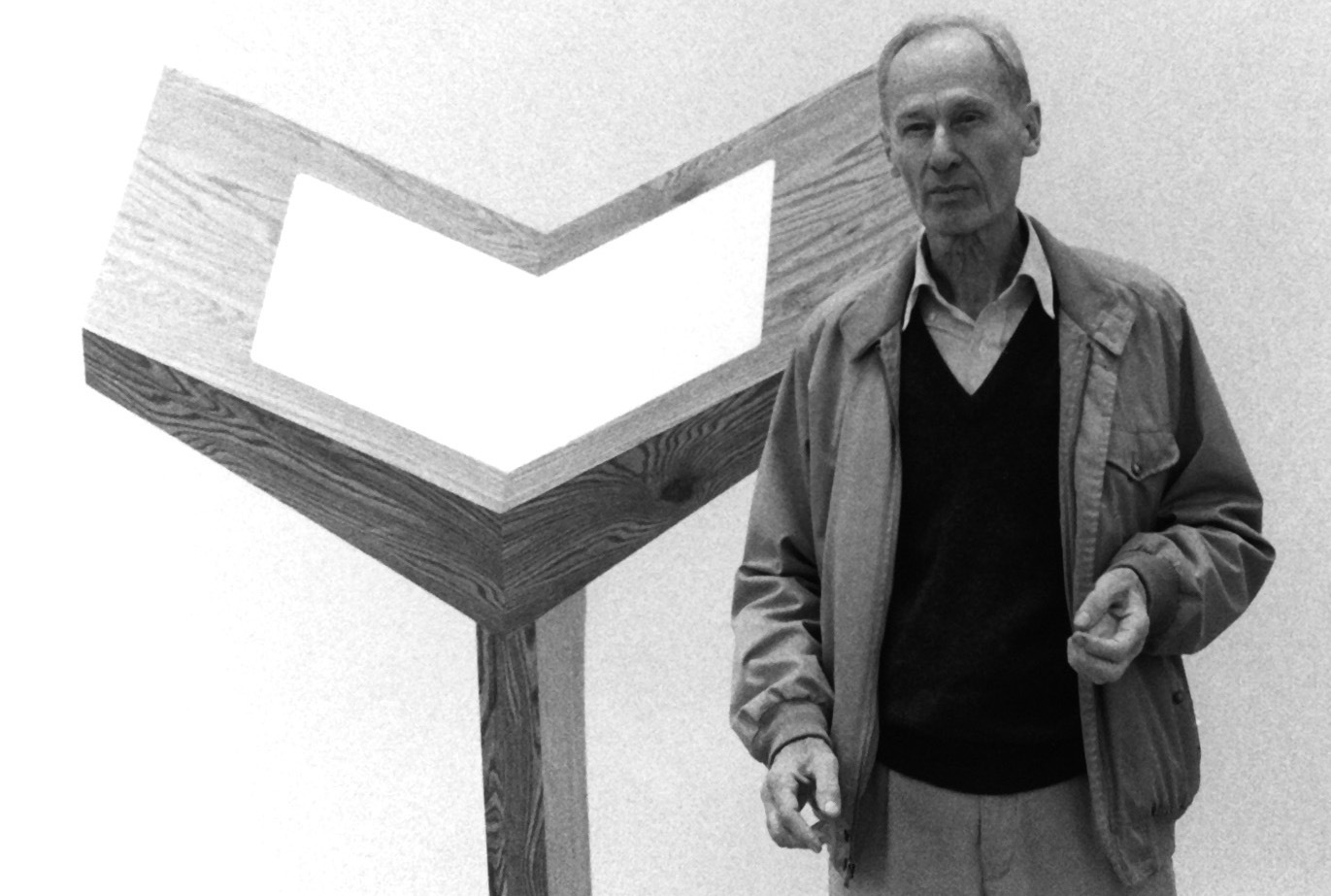
Richard Ernst Artschwager was an American painter, illustrator and sculptor. His work has associations with Pop Art, Conceptual art and Minimalism.



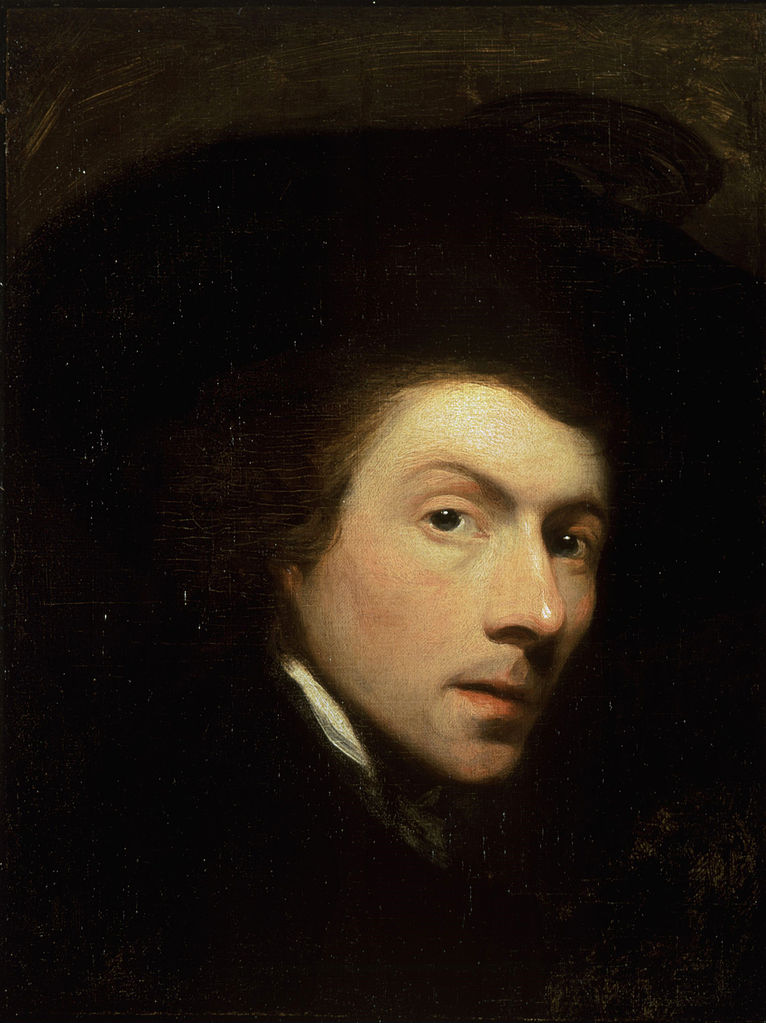
Gilbert Charles Stuart was an American painter from Rhode Island Colony who is widely considered one of America's foremost portraitists. His best-known work is an unfinished portrait of George Washington, begun in 1796, which is sometimes referred to as the Athenaeum Portrait. Stuart retained the portrait and used it to paint scores of copies that were commissioned by patrons in America and abroad. The image of George Washington featured in the painting has appeared on the United States one-dollar bill for more than a century and on various postage stamps of the 19th century and early 20th century.
Stuart produced portraits of more than 1,000 people, including the first six Presidents. His work can be found today at art museums throughout the United States and the United Kingdom, including the Metropolitan Museum of Art and Frick Collection in New York City, the National Gallery of Art in Washington, D.C., the Philadelphia Museum of Art in Philadelphia, the National Portrait Gallery in London, Worcester Art Museum in Worcester, Massachusetts, and the Boston Museum of Fine Arts.
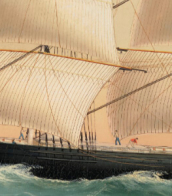
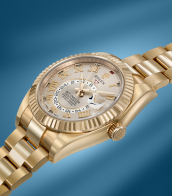

Martin Kippenberger was a German artist known for his extremely prolific output in a wide range of styles and media, superfiction as well as his provocative, jocular and hard-drinking public persona.
Kippenberger was "widely regarded as one of the most talented German artists of his generation," according to Roberta Smith of the New York Times. He was at the center of a generation of German enfants terribles including Albert Oehlen, Markus Oehlen, Werner Büttner, Georg Herold, Dieter Göls, and Günther Förg.
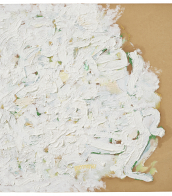

Martin Kippenberger was a German artist known for his extremely prolific output in a wide range of styles and media, superfiction as well as his provocative, jocular and hard-drinking public persona.
Kippenberger was "widely regarded as one of the most talented German artists of his generation," according to Roberta Smith of the New York Times. He was at the center of a generation of German enfants terribles including Albert Oehlen, Markus Oehlen, Werner Büttner, Georg Herold, Dieter Göls, and Günther Förg.
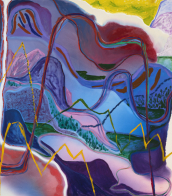
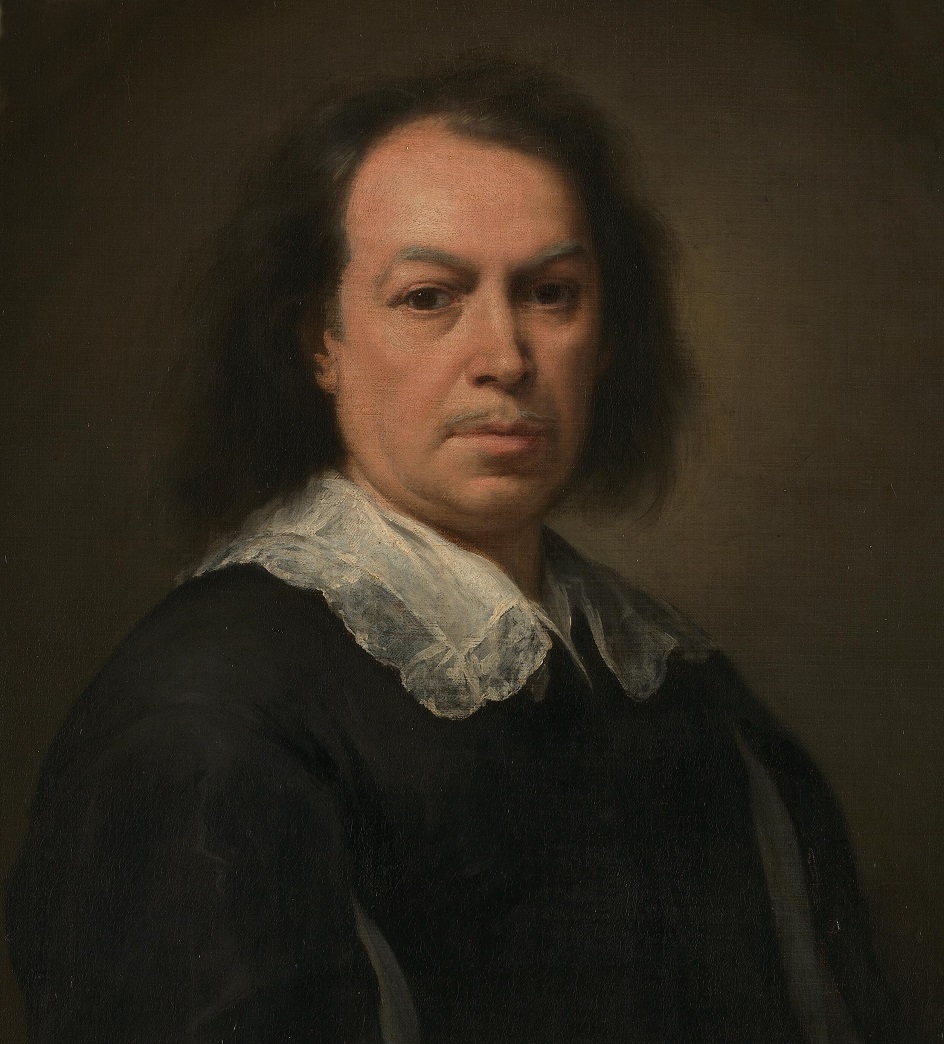
Bartolomé Esteban Murillo was a Spanish painter, renowned for his contributions to the world of art and culture. Born in Seville, Spain, in the 17th century, Murillo specialized in religious and genre painting, leaving a lasting impact on the art world.
Murillo is known for his remarkable ability to infuse his paintings with deep emotion and realism. His works often depicted scenes from everyday life, as well as religious subjects. One of his notable specialties was his exceptional skill in capturing the innocence of children in his artwork. His use of soft colors and delicate brushwork gave his paintings a unique and timeless quality.
One of Murillo's most famous works is the series of paintings known as the "Immaculate Conception." These paintings, which depict the Virgin Mary as a young girl, have been praised for their beauty and devotion. Many of his works are housed in museums and galleries around the world, attracting art enthusiasts and collectors.
For collectors and art experts, Murillo's works hold a special place in the art world, with their ability to evoke powerful emotions and capture the essence of the human experience. To stay updated on the latest news and events related to Bartolomé Esteban Murillo's paintings and exhibitions, consider subscribing to our newsletter. We'll keep you informed about new product sales and auction events featuring this exceptional artist's works. Join us in celebrating the legacy of Bartolomé Esteban Murillo and his invaluable contributions to the world of art.

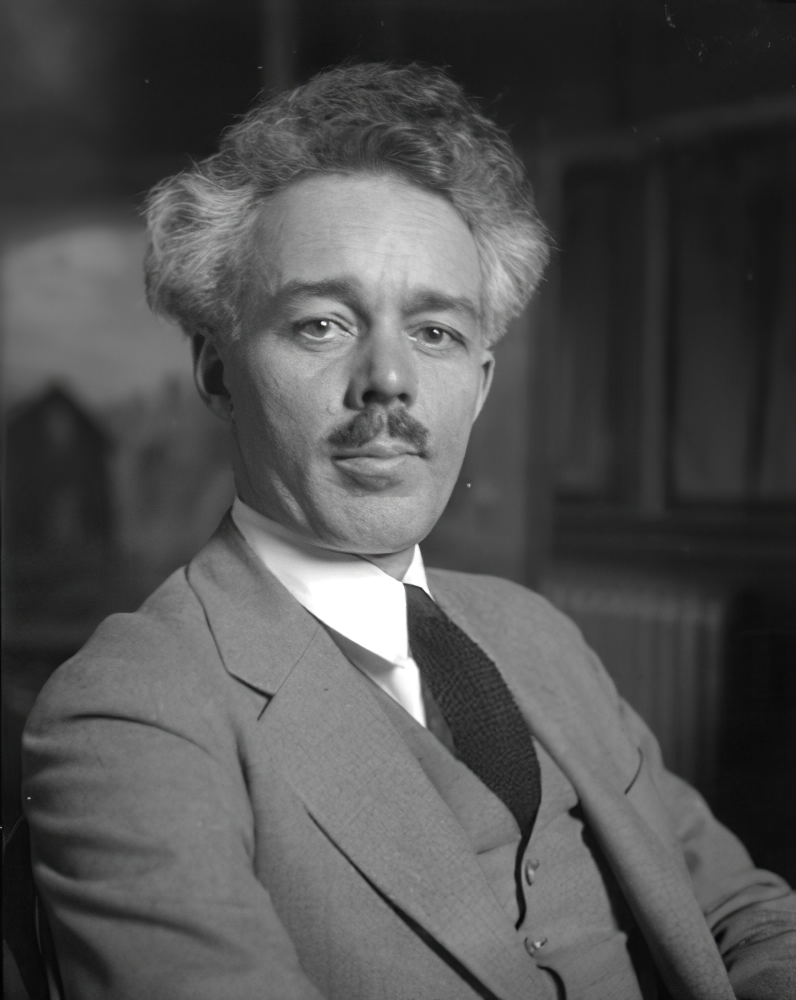
Lawren Stewart Harris was a Canadian painter, best known as a leading member of the Group of Seven. He played a key role as a catalyst in Canadian art and as a visionary in Canadian landscape art.
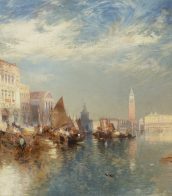

Martin Wong was a Chinese-American painter of the late 20th century. His work has been described as a meticulous blend of social realism and visionary art styles. Wong's paintings often explored multiple ethnic and racial identities, exhibited cross-cultural elements, demonstrated multilingualism, and celebrated his queer sexuality.


Martin Kippenberger was a German artist known for his extremely prolific output in a wide range of styles and media, superfiction as well as his provocative, jocular and hard-drinking public persona.
Kippenberger was "widely regarded as one of the most talented German artists of his generation," according to Roberta Smith of the New York Times. He was at the center of a generation of German enfants terribles including Albert Oehlen, Markus Oehlen, Werner Büttner, Georg Herold, Dieter Göls, and Günther Förg.
